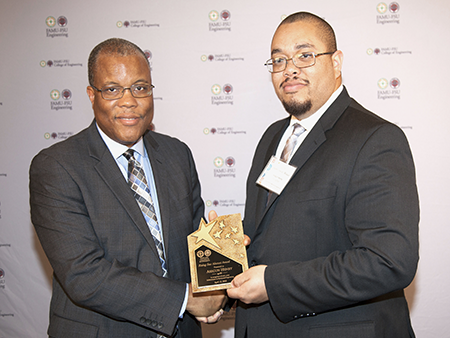The Atomistic Simulation & Energy (ASE) Research Group
The Atomistic Simulation & Energy (ASE) Research Group
We are an academic research group within the Department of Mechanical Engineering at MIT. We study heat transfer at the atomic level and also work on developing technologies that can help to mitigate climate change. This website provides an overview of our work and is also intended to serve as an educational resource for those interested in learning about energy and the thermal sciences.
Recent News







About Us
The ASE Group has its laboratory on the 3rd floor of the newly renovated building 31, with offices for the students, postdocs and research engineers/scientists currently located in buildings 3, 31 and 35. We work on a variety of topics that span from fundamental science to applied engineering. On the applied side, we’re generally interested in novel energy systems concepts that help to mitigate the effects of climate change, including solar energy, energy storage, and transportation. Concepts currently under development include thermal energy grid storage using multi-junction photovoltaics (TEGS-MPV), high temperature concentrated solar power (CSP) using molten salt and methane pyrolysis for hydrogen production. On the fundamental side, we work on atomistic level modeling to study the physics of phonon transport in: ordered materials, disordered materials (e.g., amorphous materials, polymers and alloys), molecules and at interfaces. We use molecular dynamics (MD) simulations, lattice dynamics and first principles calculations to develop/train interatomic potentials optimized for describing phonons.












